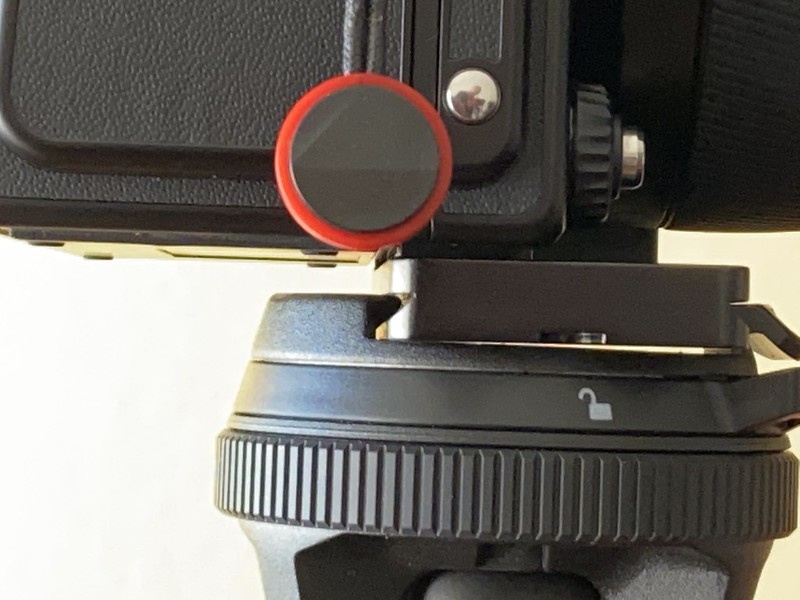The usual explanation I've gotten in conversation camera tech design folks is that many users expect "Manual" exposure mode to be explicit: set ISO, set aperture, set exposure time, nothing else. Set aperture, set exposure time, and let ISO vary is not really Manual mode to many users ... it's what Pentax dubbed "Time/Aperture Priority" or TA mode when the added it into the K10D model about a decade or so ago: lock time and aperture, let sensitivity vary. Many manufacturers have since incorporated it as a feature of Manual mode with AutoISO, that's all, but it's not a universally supported feature by all manufacturers.
AutoISO in exposure automation modes seems a fairly straightforward addition since AE modes have the implicit notion that the camera is taking control and varying at least one of the three mechanisms of exposure. Adding AutoISO to Manual mode makes it, semantically and functionally, not actually Manual operation: you're giving the camera leave to adjust at least one exposure parameter by itself. AutoISO behavior isn't always entirely easy to figure out either, which is why some (many) cameras have user controls for how the AutoISO function operates. It's a big stretch to consider it as essential to Manual operation.
I'm not entirely sure I disagree with Hasselblad: When I switch my camera to Manual exposure mode, I expect it to do exactly and ONLY what I set explicitly. It took me a while to get my ideas around the addition of AutoISO to Manual mode when I first encountered it, and I still find I don't use it all that often as it can be confusing and has some limitations that can sneak up on you, IMO. It's kind of like adding EV Compensation to Manual mode ... why use that instead of just setting the exposure value that you need in the first place?

G











